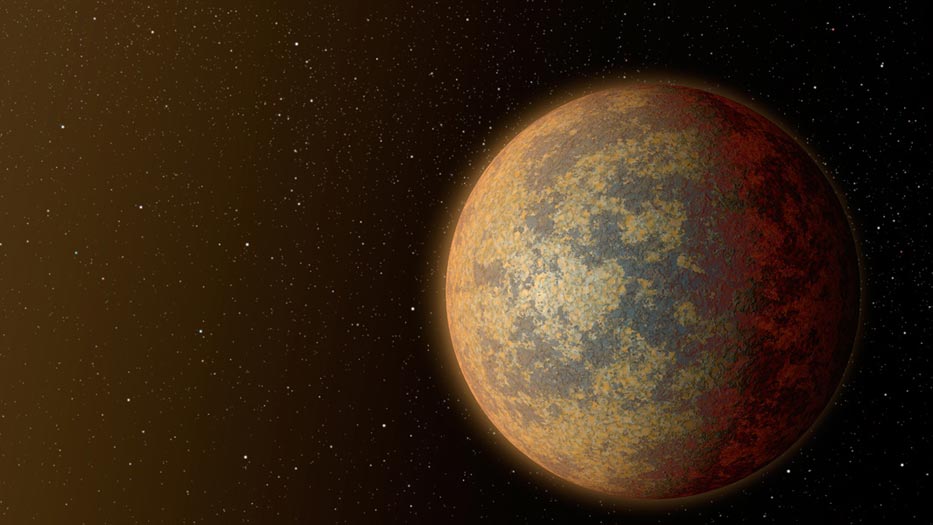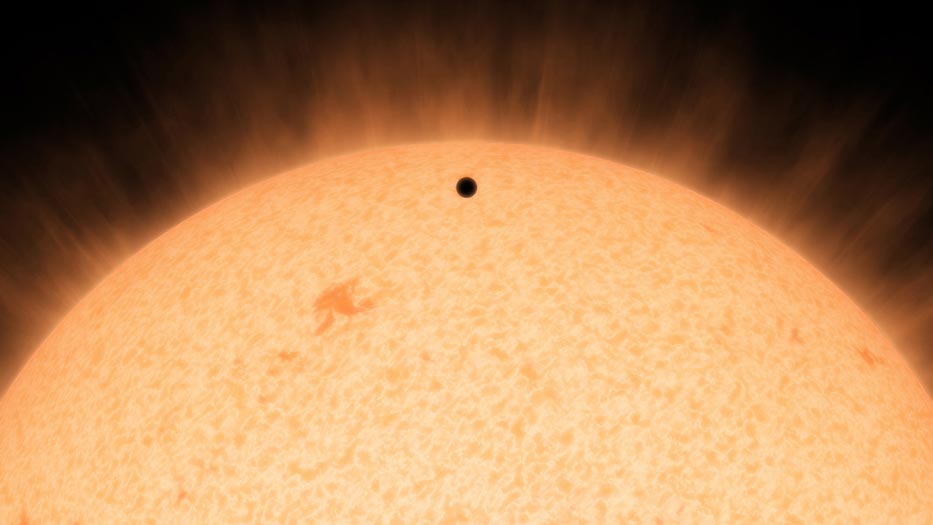NASA astronomers discovered the closest rocky planet outside our solar system. The newfound planet was called HD 219134b, and it is 21 light years away from planet Earth.
The exoplanet is 1.6 times bigger than Earth. It is called exoplanet because it orbits a star different from the Sun. This discovery offers an opportunity for experts to explore and research because its proximity to Earth. Most of the other planets we currently know of, are hundreds of light years away.

Until now, researchers have determined that the planet is unlikely to support life. This is because it orbits too close to its star. Scientists established by measuring its mass and size, that the extremely hot planet is be very rocky. The exoplanet is expected to have molten surface with numerous geological activies, possibly including active volcanoes.
The planet itself cannot be seen directly, even using telescopes. However, everyone can see the sun it orbits just by watching the night sky. You can locate it in the Cassiopeia constellation, near the North Star.

The rocky planet HD 219134b, was detected by a telescope named HARPS-North, on the 3.6 metre Telescopio Nazionale Galileo in the Canary Islands. It measured the planet’s mass and orbit by the gravitational “tug” it applies on the star it orbits. The planet has a mass 4.6 times compared to Earth’s and has a three-day orbit around its star.
Rocky planets that are larger than Earth, just like this one, are classified by NASA as “super-Earths”. “Thanks to NASA’s Kepler mission, we know super-Earths are ubiquitous in our galaxy, but we still know very little about them,” said co-author Michael Gillon of the University of Liege in Belgium, lead scientist for the Spitzer detection of the transit, in a statement. “Now we have a local specimen to study in greater detail. It can be considered a kind of Rosetta Stone for the study of super-Earths.” The Spitzer is a space telescope that detects heat radiation, and was the one that discovered the planet transiting its star.
“Transiting exoplanets are worth their weight in gold because they can be extensively characterized,” said Michael Werner, the project scientist for the Spitzer mission at NASA’s Jet Propulsion Laboratory. “This exoplanet will be one of the most studied for decades to come.”
Source: NASA
